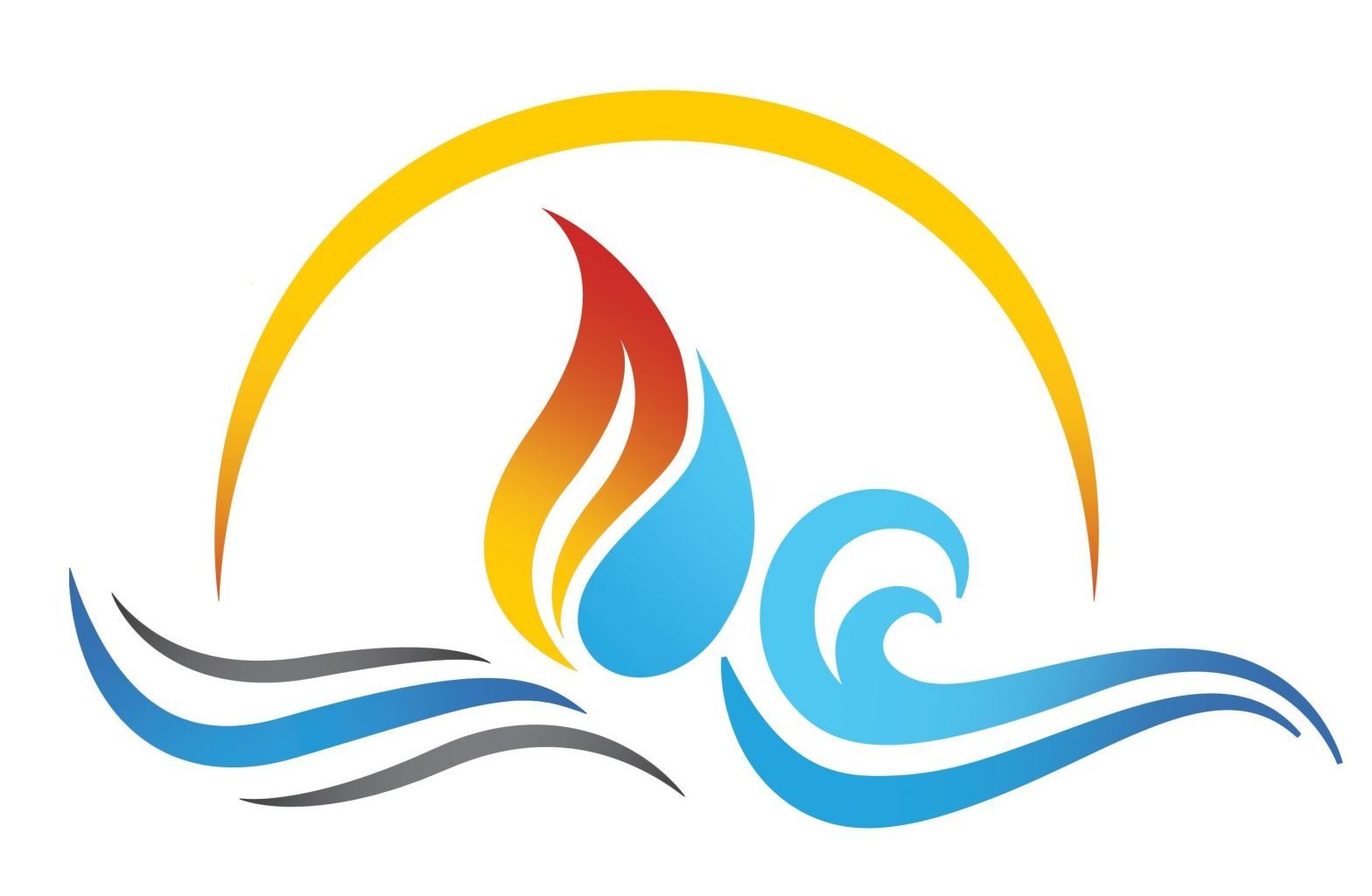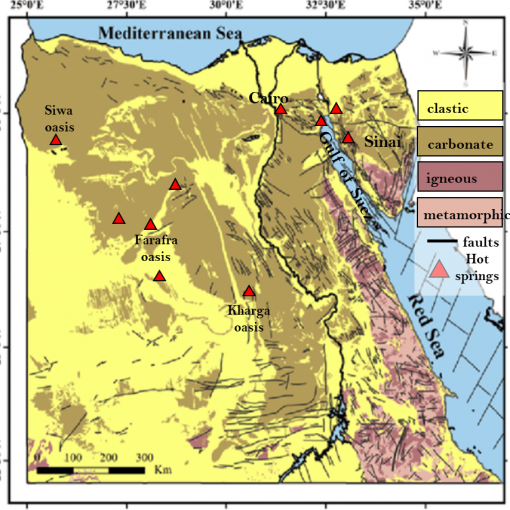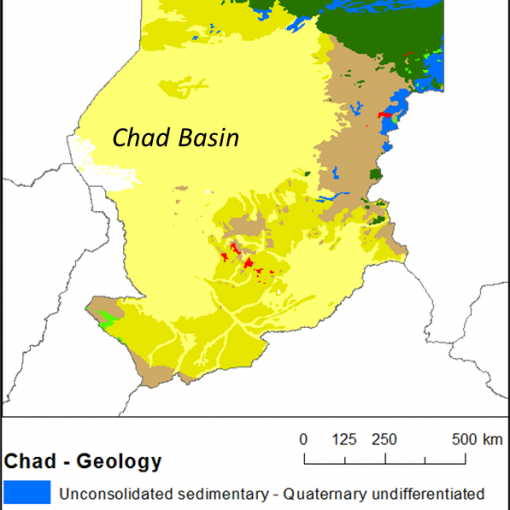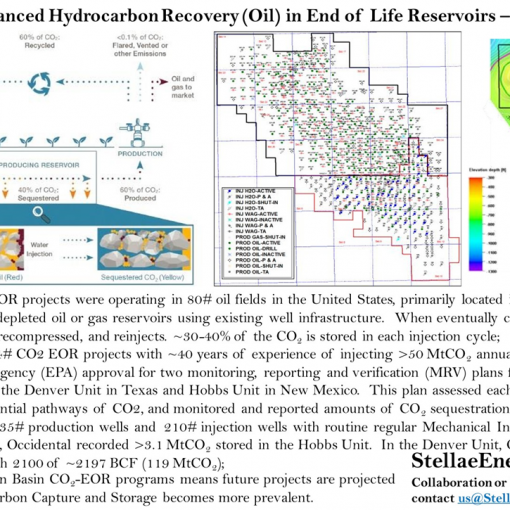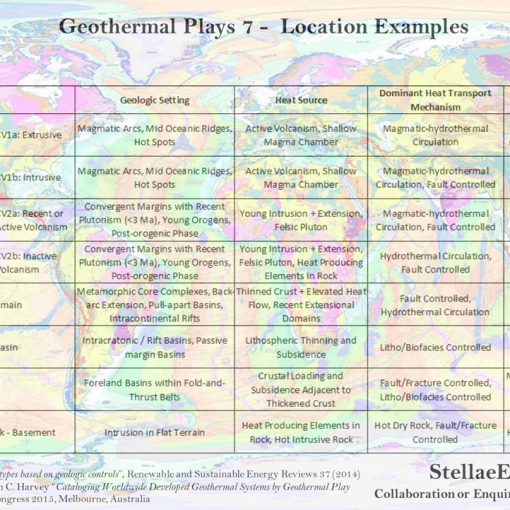In a series of informational posts about the Geothermal Energy Potential in Africa, we have up to now posted about: (1) Africa as a whole; (2) Cameroon; (3) Ghana; (4) Kenya; (5) Namibia; (6) Nigeria; (7) South Africa ; (8) Zimbabwe; and (9) the East African Rift System (EARS).
Now we are starting another series of African countries with Geothermal Energy Potential:
(10) Algeria (today’s post); (11) Angola; (12) Botswana; (13) Chad; (14) Congo Brazzaville; (15) Côte d’Ivoire; (16) Democratic Republic of Congo (DRC); (17) Egypt; (18) Equatorial Guinea; (19) Gabon; (20) Liberia; (21) Mauritania; and (22) Senegal.
To help eliminate Energy Poverty, a resilient Energy Mix can make good use of the domestically available, economic, environmentally sustainable, dispatchable baseload of Geothermal Energy.

- Algeria includes several geological provinces from the North (Tellian Atlas, the High Plains, and the Saharan Atlas) to the Centre (Saharan Platform) to the Southwest (Eglab Massif, Ougarta mountains, and the Bechar, Tindouf and Taoudeni Basins) to the South (the Hoggar and the Tassilis). The West Africa Craton crops out in the Reguibat Shield in the northwest. The eastern Reguibat Shield contains the Eburnean Shield with extensive faulting, intrusive granites, and volcanic formations;
- There are over 240# thermal springs in Algeria. The Hamman Debbagh thermal spring (among the 13# Guelma Basin thermal springs in northeast Algeria) has an active thermal source on top of a faulting system with surface temperatures between 84-122°C, a high geothermal gradient (~4.5°C/100m), and calculated circulation depths from 1425-3542m. Another thermal spring area is in Setif with deep fractures from the sedimentary rock down to the crystalline basement with water circulation beyond 2600m depth. The geothermal fluid is predominately meteoric water with a long distance from recharge zones combined with deep circulation. Heat flux is from granitic intrusions. Hydrothermal reservoir temperatures have been estimated to be in excess of 160-198°C. which would be usable. Heat flows across Algeria range from 80-130 mW/m2 based on data from ~230# oil and gas wells;
- Clean, environmentally sustainable renewable Geothermal Energy is possible thanks to modern, low and medium enthalpy Binary ORC power generation solutions. Good geoscience tools are available to help incrementally explore and de-risk the areas of potentially suitable heat energy sources before more expensive drilling is required;
- Very attractive Levelised Cost of Electricity (LCOE) is commercially feasible for some developments to help improve electrification, supplement gas fired power plants (allowing more gas exports to Europe), reduce energy poverty, and increase grid resilience for Algeria.
